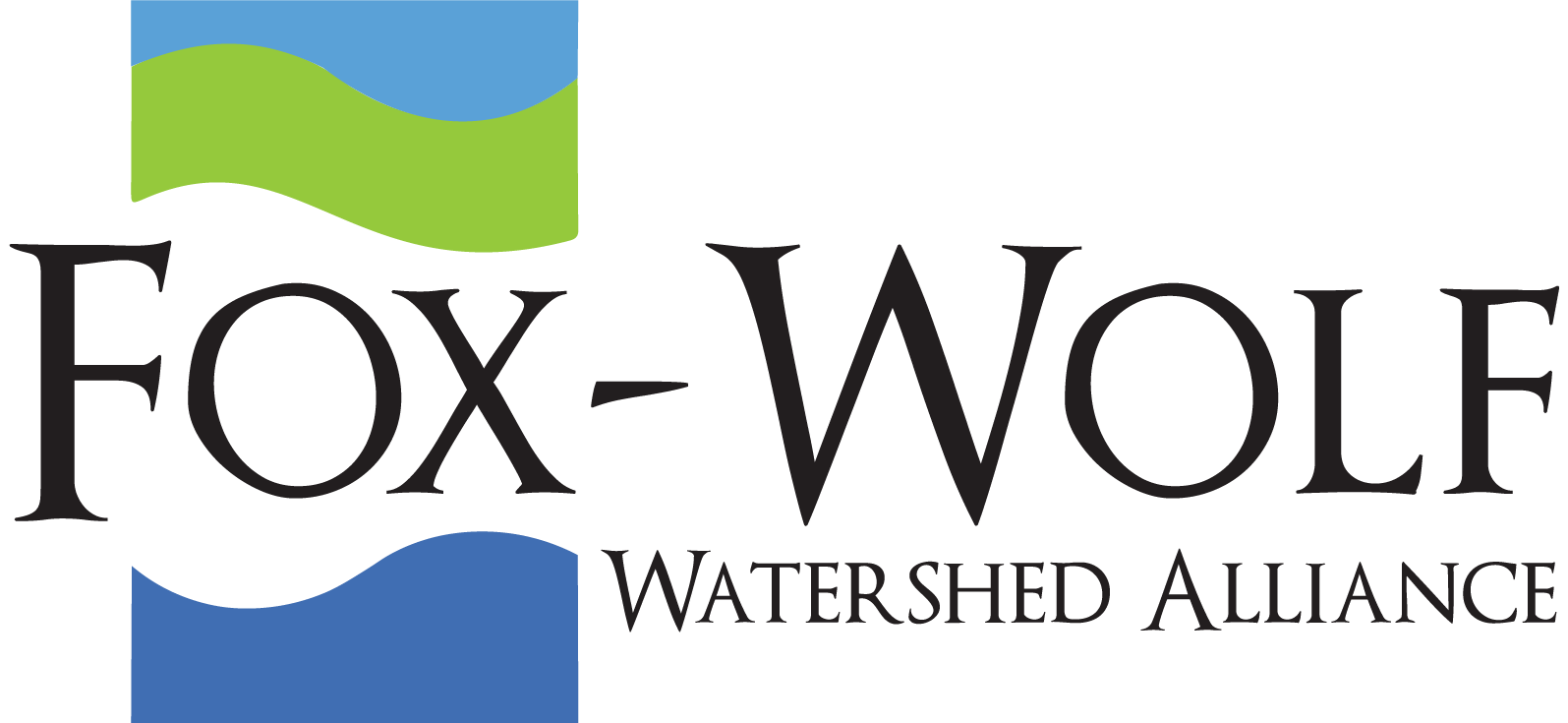Aquatic Sampling: Halting Accidental Transfer During the Best Laid Prevention Plans
Every few months, we put a spotlight on a different pathway through which aquatic invasive species can reach new waterways. The next installation of this series focuses on the pathway of aquatic sampling. In the effort to prevent the spread of invasive species in Wisconsin, an immense group of partners search for new instances of aquatic invasive species as well as monitoring existing populations. Folks from local community organizations, federal employees, volunteers, state employees, and so many more survey for invasive species in waterways. Equipment is used to help in these efforts; nets, boats, wader boots, water quality testing equipment, scuba gear, and rakes are just a few of the tools used. With nooks and crannies, organisms (including microscopic offspring) can easily get caught in the gear. As this equipment is used in multiple waterbodies, there is a risk that invasive species could hitch a ride on this equipment if not cleaned properly.
The Wisconsin Department of Natural Resources (WDNR) publishes the WDNR Boat, Gear, and Equipment Decontamination and Disinfection Manual Code 9183.1 that details the steps needed to reduce the risk of incidental organism transfer. The Decontamination Code was written in 2007 but is updated regularly to be effective against all invasive species. While this Code is more rigorous than what is required by law for the public (inspect, remove, drain, never move), the public is encouraged to follow the additional steps in the Code to further reduce the risk of spreading invasive species.
All text from this article is from the Winnebago Waterways AIS Strategic Plan and the Wisconsin AIS Management Plan. Sources can be found in these documents. For more information on what the state of Wisconsin is doing to prevent the spread of AIS, visit the WDNR website.
Questions? Comments? Contact Chris Acy, the AIS Coordinator covering Brown, Outagamie, Fond du Lac, Calumet, and Winnebago Counties at (920) 460-3674 or chris@fwwa.org!
Check out the Fox Wolf Watershed Alliance’s Winnebago Waterways Program webpage and follow our Winnebago Waterways Facebook page or @WinnWaterways on Twitter!
Check out the Fox-Wolf Watershed Alliance’s Keepers of the Fox Program on the Keepers of the Fox Program webpage or at the Keepers of the Fox Facebook page.
Winnebago Waterways and Keepers of the Fox are Fox-Wolf Watershed Alliance programs. The Fox-Wolf Watershed Alliance is an independent nonprofit organization that identifies and advocates effective policies and actions that protect, restore, and sustain water resources in the Fox-Wolf River Basin.
Photo Credit: Chris Acy, NOAA

